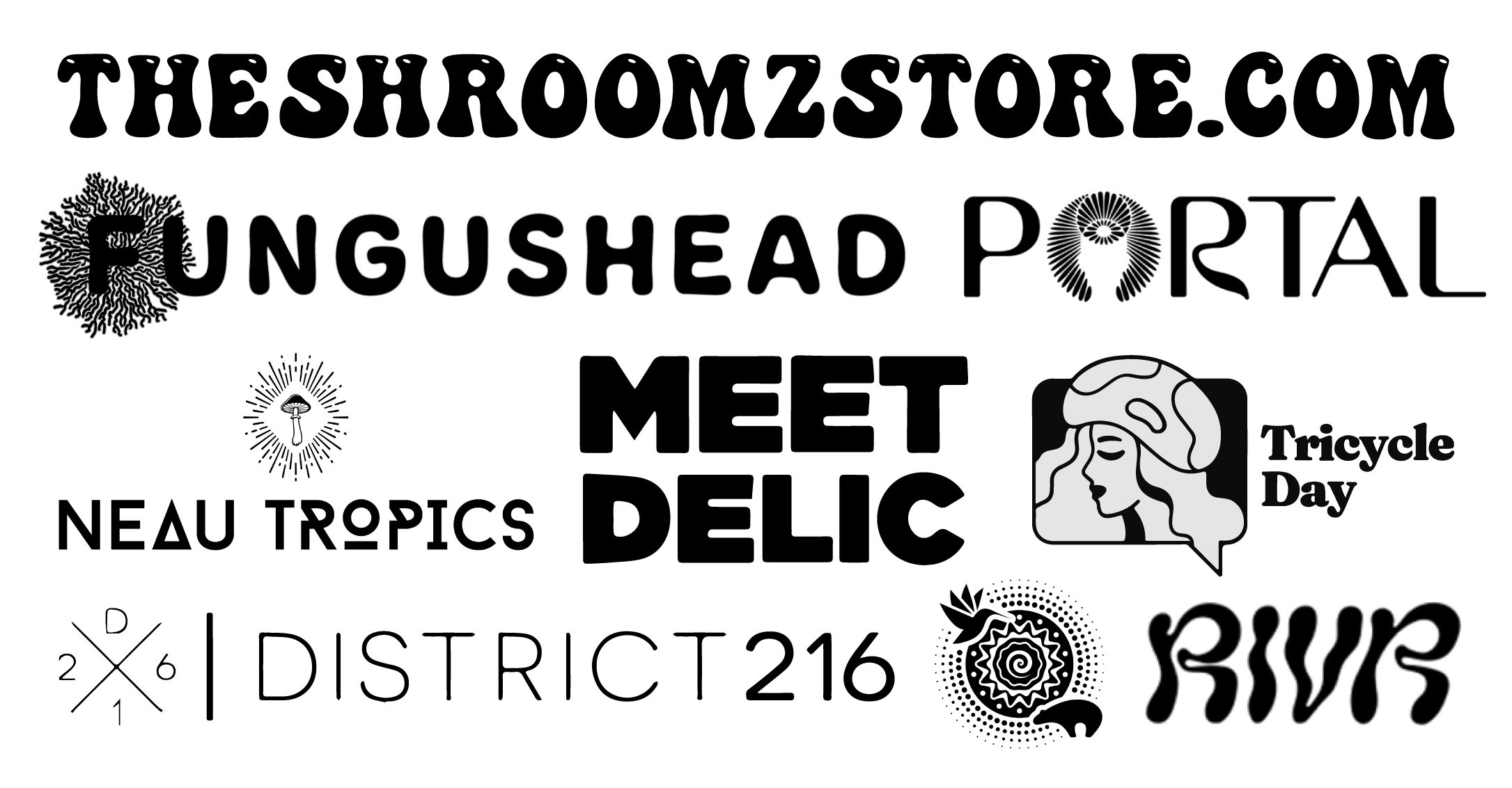The Iron Law of Fantasy Finance
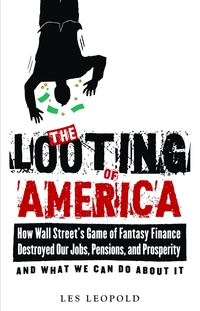
My economics professors drilled it in: as workers produce more goods and services per hour, their wages must rise. The proof was in the post-World War II data. As output went up, real wages rose, year after year. And then, suddenly, everything changed. The economy was still growing, and the money value of those goods and services had to go somewhere. Clearly workers didn't take that money home. So who did?
Money and the Crisis of Civilization
![Money and the Crisis of Civilization 2 burnbig811315055 a5fe955511[1]](https://realitysandwich.com/wp-content/uploads/2013/11/burnbig811315055_a5fe955511[1].JPG 443w, https://realitysandwich.com/wp-content/uploads/2013/11/burnbig811315055_a5fe955511[1]-300x224.jpg 300w)
In the face of the impending crisis, people ask what they can do to protect themselves. "Buy gold?" "Stockpile canned goods?" I would like to suggest a different kind of question: "What is the most beautiful thing I can do?" This is an updated version of the popular article we first published on October 3, 2008.
Reinventing Money: An Eco-systemic Approach (Part 2)
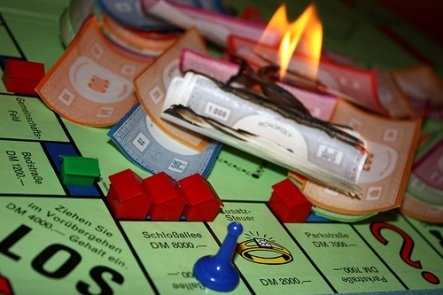
Complementary currencies provide a systemic solution to the instability of the monetary system. Historical precedent has demonstrated that complementary currency systems have fostered stability not only during the Great Depression of the 1930s, but also during every subsequent business cycle of the economy.
Reinventing Money: An Eco-systemic Approach (Part 1)
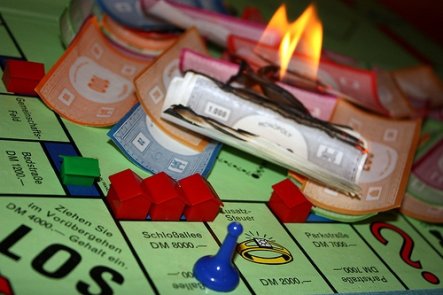
By modeling our financial system on nature's complex networks of interconnectivity, we can escape global financial meltdown by developing diverse complementary currencies and mutual credit systems.
Toward a New Economic Order
Is the present financial crisis due to a system out of control and failing, or to a system that is being demolished to further enhance the power and wealth of a few?
Money: A New Beginning (Part 2)

The human identity is undergoing a profound metamorphosis. Part of this shift will be a new system of money consonant with the new human being.
Money: A New Beginning
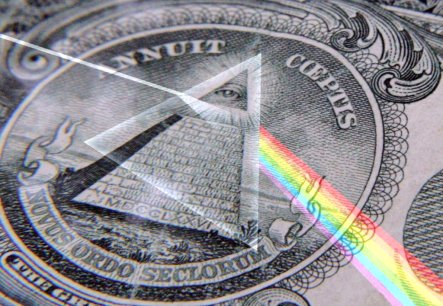
Money has turned abundance into scarcity. Not money per se, only
the kind of money we use today, the kind of money that is evaporating as we
speak, money with a very special characteristic that ensures its eventual
demise.






